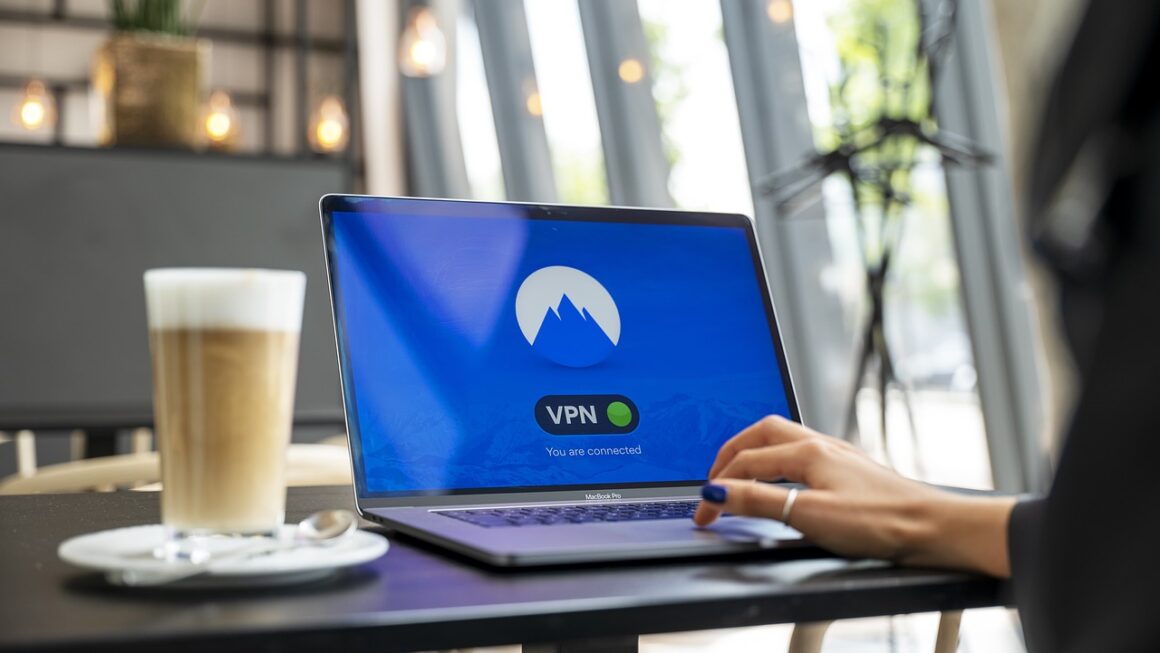Sneaker reselling has exploded into a multi-billion dollar industry, transforming from a niche hobby into a legitimate business opportunity. The allure of turning sought-after footwear into profit draws in enthusiasts, entrepreneurs, and investors alike. But navigating this dynamic market requires knowledge, strategy, and a keen eye for trends. This guide will provide a comprehensive overview of how to resell sneakers for profit, equipping you with the insights needed to succeed in this competitive arena.
Understanding the Sneaker Resale Market
The Basics of Sneaker Reselling
Sneaker reselling involves purchasing limited-edition, highly sought-after sneakers with the intention of selling them for a profit on the secondary market. This secondary market exists because demand for certain sneakers far exceeds the available supply at retail.
- Limited Releases: Sneakers are often released in limited quantities, creating artificial scarcity.
- High Demand: Collaborations with celebrities, designers, and athletes often generate significant hype.
- Retail Pricing vs. Resale Value: The disparity between the retail price and what collectors are willing to pay fuels the market.
Platforms like StockX, GOAT, eBay, and specialized sneaker boutiques facilitate these transactions, connecting buyers and sellers worldwide.
Factors Influencing Resale Value
Numerous factors determine a sneaker’s resale value. Understanding these elements is crucial for making informed purchasing decisions.
- Rarity: Extremely limited releases, such as “friends and family” editions or signed pairs, command the highest prices.
- Brand and Collaboration: Nike Air Jordans, Adidas Yeezys, and collaborations with artists like Travis Scott are consistently profitable.
- Condition: “Deadstock” (DS), meaning brand new and unworn, in the original box (OG Box) is the gold standard. Even a slightly damaged box can significantly impact value.
- Size: Certain sizes are more popular than others. Men’s sizes 9-11 often fetch higher prices due to broader appeal.
- Market Sentiment: Hype and trends can quickly change, so staying updated on current market preferences is essential. Social media buzz significantly impacts demand.
Example: A pair of Travis Scott x Air Jordan 1 Highs, originally retailing for around $175, can resell for upwards of $1,500 – $2,500 depending on size and condition.
Sourcing Sneakers to Resell
Retail Strategies: Copping at Retail Price
The most profitable approach is securing sneakers at their retail price. This drastically increases your potential profit margin.
- Online Raffles: Many retailers use raffles to manage demand. Participating in multiple raffles increases your chances of winning. Apps like Confirmed (Adidas) and SNKRS (Nike) are key.
- Online Drops: Be prepared to act quickly during online releases. Use autofill tools and have payment information readily available. Ensure your internet connection is stable.
- In-Store Releases: Some retailers still hold in-store releases. Research stores in your area and be prepared to camp out if necessary.
- Leverage Bots: While controversial, sneaker bots automate the online purchasing process. Use with caution, as retailers often ban bot activity.
- Building Relationships: Cultivating relationships with store managers and employees can sometimes provide insider information or preferential treatment.
Tip: Join sneaker cook groups. These online communities share information about upcoming releases, raffles, and potential backdoor opportunities.
Secondary Market Sourcing
If you can’t secure sneakers at retail, the secondary market is your next option. However, you’ll need to be more discerning and negotiate effectively.
- StockX: A popular platform with a bidding system. Offers price transparency and authentication services.
- GOAT: Similar to StockX, GOAT also offers authentication and verifies the condition of sneakers.
- eBay: While eBay can offer good deals, it requires more vigilance to avoid counterfeit products. Always check seller reviews and request detailed photos.
- Local Sneaker Groups: Check Facebook Marketplace, Craigslist, or local sneaker groups for potential deals. Meet in person to inspect the sneakers before buying.
- Consignment Shops: Some consignment shops offer used or deadstock sneakers. Negotiate prices carefully.
Caution: Always authenticate sneakers before purchasing from the secondary market. Use reputable authentication services or familiarize yourself with the common signs of fakes.
Managing Your Sneaker Reselling Business
Inventory Management
Effective inventory management is crucial for minimizing risks and maximizing profits.
- Tracking Purchases: Maintain a detailed record of all purchases, including the date, price, source, and condition of each pair.
- Storage: Store sneakers in a cool, dry place away from direct sunlight to prevent damage and discoloration.
- Organization: Organize your inventory by size, model, and condition to quickly locate specific pairs when needed.
- Regular Audits: Conduct regular inventory audits to identify slow-moving items and adjust pricing accordingly.
- Photography: Take high-quality photos of your sneakers for listings. Accurate representation helps attract buyers.
Example: Using a spreadsheet or dedicated inventory management software can help track your stock, calculate profits, and identify trends.
Pricing Strategies
Setting the right price is critical for attracting buyers and maximizing profits. Research the market and consider these factors:
- Market Research: Check current prices on StockX, GOAT, and eBay to understand the prevailing market value.
- Condition: Adjust your price based on the condition of the sneakers. Deadstock pairs command a premium.
- Rarity and Demand: Factor in the rarity and demand for the specific model and size.
- Competition: Analyze the prices of similar listings to ensure you’re competitive.
- Profit Margin: Calculate your desired profit margin and factor in fees charged by the selling platform.
- Dynamic Pricing: Be prepared to adjust your prices based on market fluctuations. Monitor trends and react accordingly.
Tip: Use tools like StockX’s price guide to understand the historical pricing data and identify potential profit opportunities.
Shipping and Customer Service
Providing excellent customer service and ensuring secure shipping can build a positive reputation and attract repeat business.
- Secure Packaging: Use sturdy boxes and ample packing material to protect the sneakers during transit.
- Insurance: Consider adding insurance to shipments, especially for high-value items.
- Tracking: Provide buyers with tracking information so they can monitor the progress of their shipment.
- Fast Shipping: Aim to ship orders promptly and efficiently.
- Communication: Respond promptly to customer inquiries and address any concerns professionally.
- Returns and Refunds: Establish a clear return policy and be prepared to offer refunds for legitimate issues.
Example: Using a professional shipping scale to accurately calculate postage can prevent unexpected shipping costs and delays.
Legal and Financial Considerations
Taxes and Business Structure
Treat sneaker reselling as a business, and be mindful of the legal and financial implications.
- Business License: Determine if you need a business license based on your local regulations and the scale of your operation.
- Tax Obligations: Keep accurate records of your income and expenses to properly file your taxes. You may need to pay self-employment taxes. Consult with a tax professional.
- Business Structure: Consider forming a Limited Liability Company (LLC) to protect your personal assets from business liabilities.
- Sales Tax: Understand your state’s sales tax laws and collect and remit sales tax as required.
Tip: Use accounting software to track your income, expenses, and profits to simplify tax preparation.
Authentication and Avoiding Counterfeits
Selling counterfeit sneakers can lead to legal trouble and damage your reputation. Take steps to ensure the authenticity of your products.
- Purchase from Reputable Sources: Prioritize buying from authorized retailers or trusted resellers with a proven track record.
- Authentication Services: Utilize professional authentication services like Legit Check by Ch or checkcheck for peace of mind.
- Detailed Inspection: Learn to identify the common signs of fake sneakers, such as poor stitching, incorrect colors, and inconsistencies in the logo.
- Documentation: Keep receipts, order confirmations, and other documentation to prove the authenticity of your purchases.
Warning: Never knowingly sell counterfeit sneakers. The legal consequences can be severe.
Conclusion
Mastering the art of sneaker reselling requires dedication, research, and a willingness to adapt to the ever-changing market. By understanding the factors that influence resale value, implementing effective sourcing strategies, managing your business efficiently, and staying informed about legal and financial considerations, you can increase your chances of success in this lucrative field. Remember to prioritize authenticity, customer service, and continuous learning to build a sustainable and profitable sneaker reselling business. The market is competitive, but with the right knowledge and approach, you can turn your passion for sneakers into a thriving venture.




